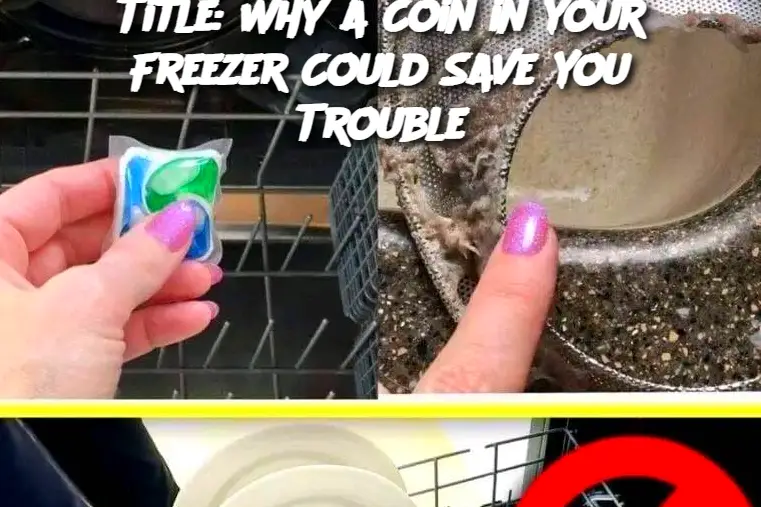-
Prepare the Container: Fill the shallow container about three-quarters full with water.
-
Freeze the Water: Place the container in the freezer until the water is completely frozen.
-
Add the Coin: Once the water is frozen solid, place the coin on top of the ice.
-
Leave It in the Freezer: Keep the container and coin in your freezer at all times. When you leave for a trip, just check its position when you return.
Serving and Storage Tips (How to Read the Coin’s Position):
-
If the Coin Stays on Top: This means your freezer maintained its temperature, and your food stayed frozen. Everything should be safe to eat.
-
If the Coin Is at the Bottom: This indicates the ice melted and refroze, suggesting the freezer lost power long enough for food to thaw. You may need to discard some items to avoid potential foodborne illnesses.
-
If the Coin Is in the Middle: The freezer’s temperature fluctuated slightly, but not enough to fully melt the ice. Use your best judgment and consider the length of your absence before consuming food.
Variants (Additional Tips for Freezer Safety):
-
Mark the Water Level: Before freezing the container, mark the initial water level with a permanent marker. If the water level changes, you’ll have another clue that the freezer’s temperature wasn’t stable.
-
Use a Clear Container: A transparent container makes it easier to see the coin’s position and assess any melting.
-
Combine with Other Safety Measures: While the coin trick is helpful, also keep a temperature monitor in the freezer or rely on appliances with built-in temperature alarms for added assurance.
FAQ:
Q: Why use a coin instead of just looking at the ice?
A: The coin provides a clear, simple reference point. Without it, you might not notice small changes in ice level or texture.
Q: Is this method reliable?
A: While not a scientific instrument, this trick is a practical, low-tech way to get a quick indication of whether your freezer’s contents stayed frozen.
Q: Should I throw out all the food if the coin is at the bottom?
A: Not necessarily. You’ll need to assess how long the power was out and how much food thawed. If in doubt, it’s safer to discard perishable items like meat and seafood.
Q: Can I use something other than a coin?
A: Yes, any small, lightweight object that won’t dissolve in water—like a metal washer or a small button—will work.
Q: Does this trick work for all freezers?
A: Yes, as long as the freezer is capable of refreezing melted water. It’s a universal method that’s particularly helpful for older freezers or during extended power outages
